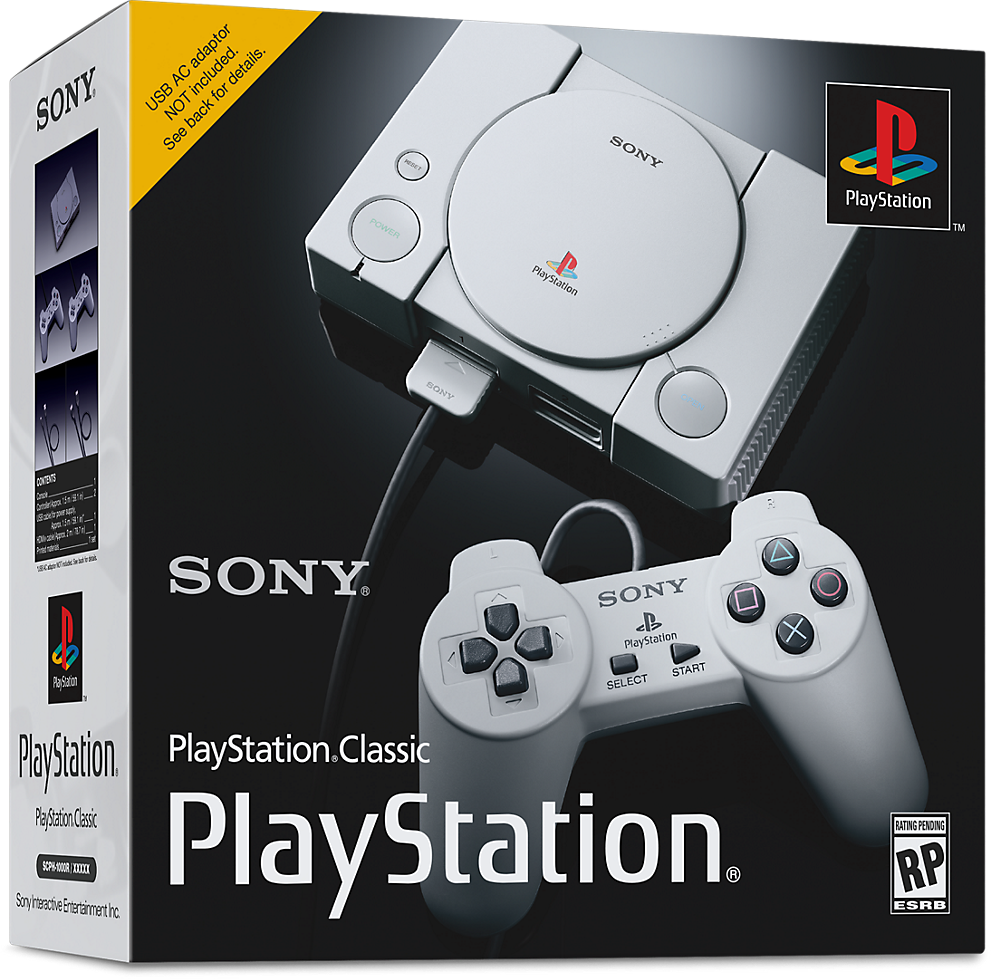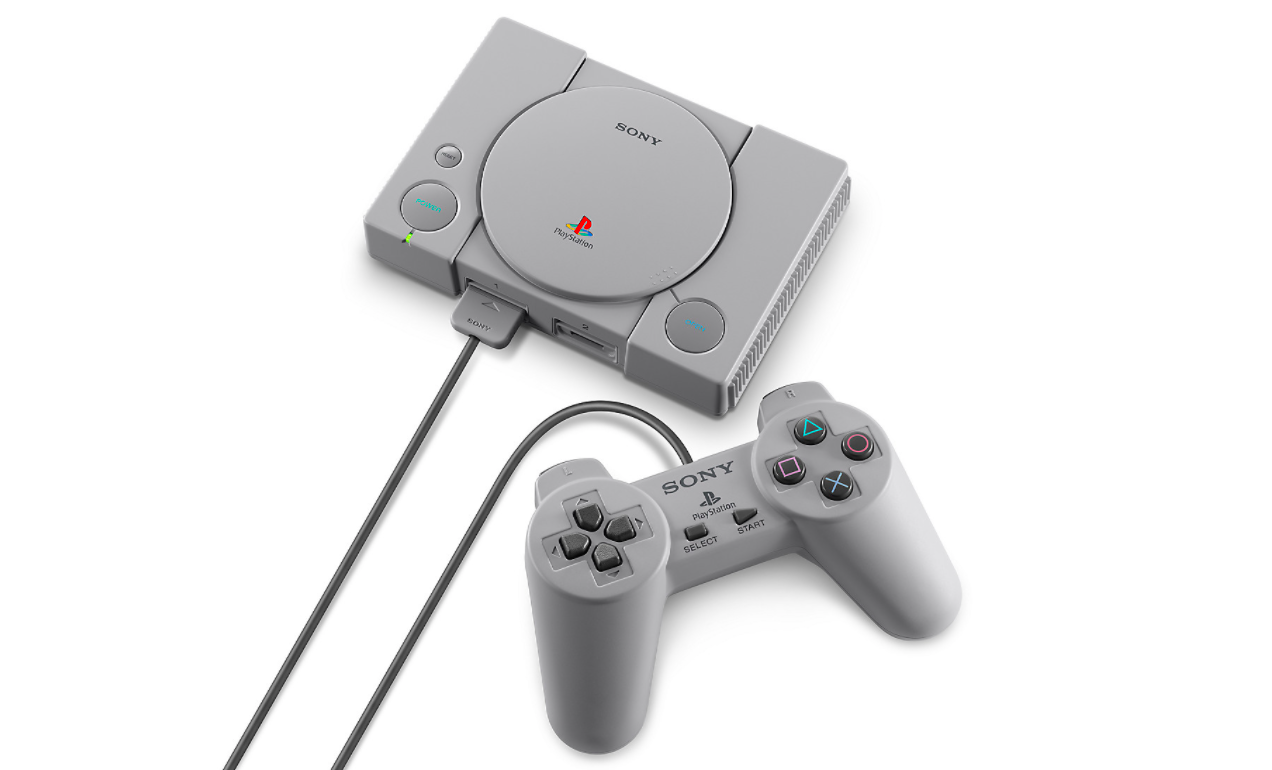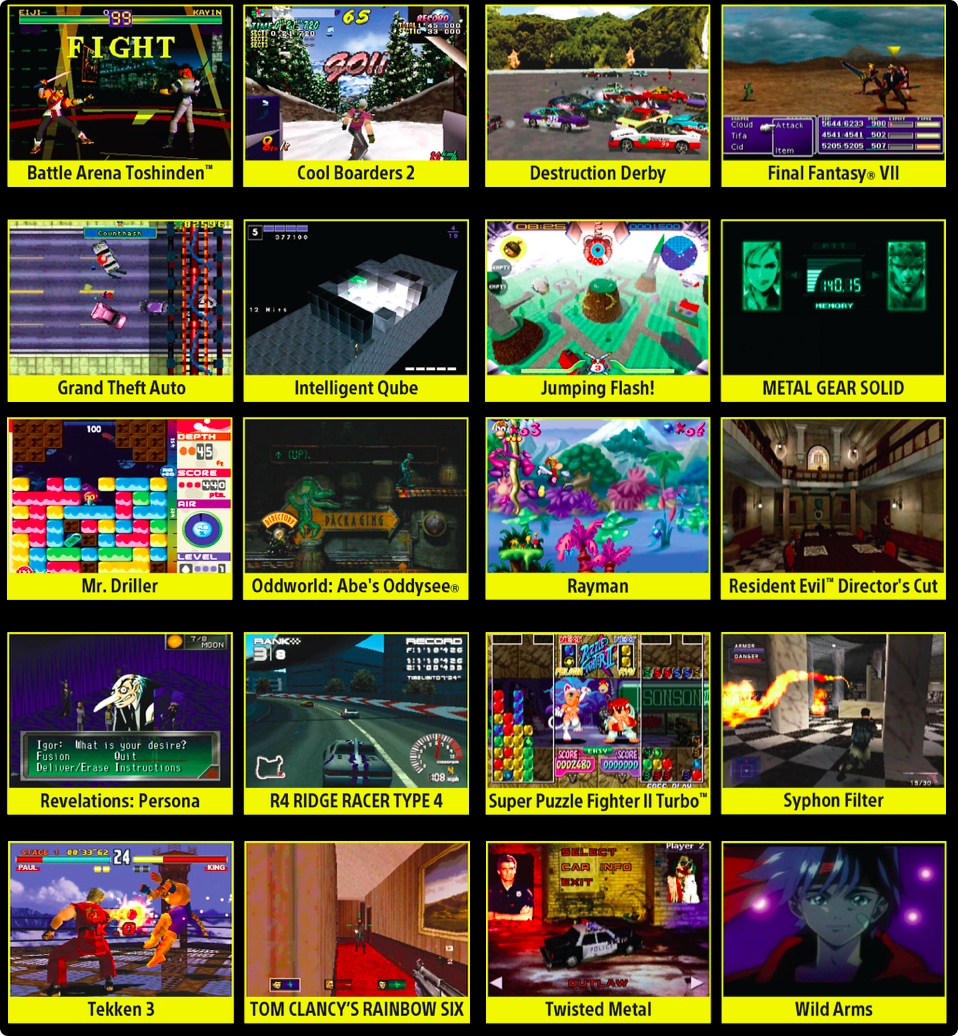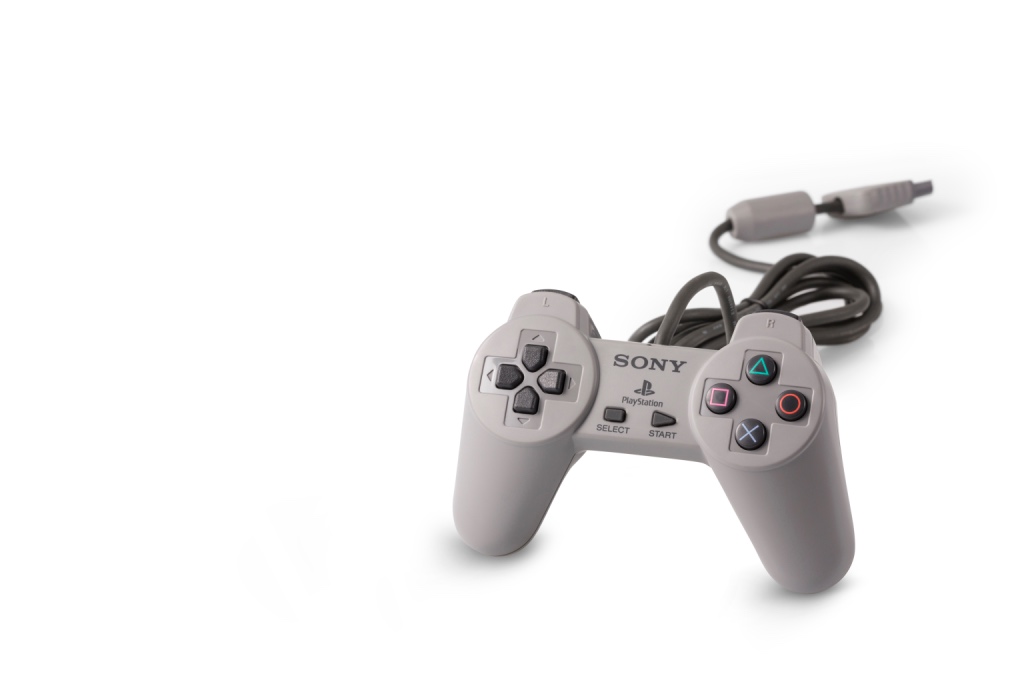Nostalgia permeates culture at the moment. Corporations extracting money from this sensation is as natural as a buzzard picking the last few bits of meat off the sentimental corpse. Games are no exception to this process. If you feel strongly about something, someone will figure out a way to make money off that. The PlayStation Classic makes perfect sense. There’s nothing inherently wrong with marketing to nostalgia, so what’s wrong with Sony trying to get in on the gold rush?
Sony’s grasp at getting your nostalgia-driven purchases is just lazy. It’s not particularly well executed or thought out. It fails in quite a few major places. It all just ends up feeling like cynical attempt to wring cash from any residual goodwill towards the little grey box. The PlayStation Classic primarily fails at paying tribute to the era it’s from or invokes the memories of it.
The Price of Nostalgia
The price of the box itself is also a problem. Even compared to the other high-end brand-name nostalgia boxes it is pretty high. Nintendo charged $59.99 for the NES Classic, followed by $79.99. This is quite the price hike and a definite attempt to make more money off of a successor. Sony, clearly seeing the demand for these boxes has decided to price their unit at $99.99. That’s another $20 jump in price, just because they saw people would pay it. The NES Classic featured 30 games, averaging out at $1.99 per the title, the SNES had 21 or $3.80 per title. The PlayStation Classic has 20 games, coming in at $4.99 per title. That’s essentially five dollars a game.

These nostalgia boxes are preferred over the generic plugin and play retro gaming machines because of their presentation. The miniature versions of your childhood console are cute, much nicer than some icons on the screen of your modern console. The little Sony box hits all the requirements for this. Outside of the appearance, you get the actual console, beginning with the emulation itself.
The Best Emulation You Can Licence for Free
The PlayStation Classic utilises Open Source Emulation Software. The cheapest and easiest option for Sony to make this box. Why spend time actually developing a product when you just lift it from the internet? It is lazy. A specially made piece of software could have helped transition these games to modern TVs a little easier. Instead, Sony chose the path of least resistance and most profit. This is not to insult the open source emulation community; fantastic emulations have been produced this way. However, you’d expect something a little more tailored from Sony for $99.99
The PlayStation Classic also lacks the more specific setting and emulation options provided on Nintendo’s boxes. Such as the pixel-perfect mode and options for better translating the CRT onto a modern screen. As most people will have seen in the intervening years, modern technology is not kind to the retro outputs. The console does a good enough job simply upscaling and splicing, but it shows a lack of attention to detail. Porting modern games to a new TV doesn’t really work if you fail to accommodate the difference between the old tech and the new.

They’ve thrown whatever would run into the box and assumed it would be fine. It doesn’t matter if they didn’t spend the time to create perfect emulation, it’s a novelty and you’ll buy it anyway. It’s a slapdash approach. It shows the PlayStation Classic was just a ‘me too’ move. There’s money being made, and Sony wants in.
The PlayStation Classic’s Games
The library of the original PlayStation spanned 7,918 games. These were of varying quality, but that’s okay because the box really just needs to provide a snapshot of the era. A selection of games that makes everyone remember their time with the consoles. The sort of selection that shows the highlights of the console, as well as the iconic releases. Then Sony picked these games instead.

The line-up is not without its credit. There is Metal Gear, Rayman, Tom Clancy’s Rainbow Six, andFinal Fantasy. There’s also the first Grand Theft Auto, the top-down driving game that bears no resemblance to the popular series. The bulk of the line-up could be classed as ‘cult classics’ at best. These have their charms and their fan-bases, but they’re not the mass appeal iconic classics that defined the system.
The games that are usually associated with the first PlayStation are nearly all absent. Crash and Spyro are absent, re-masters were probably a factor but it is still disappointing. Some classics like the Tony Hawk’s Pro Skater series might be out of the running because of licencing. There’s plenty of reasons behind the huge gaping absences, but nothing that couldn’t have been fixed with a little care or time. Nintendo included a previously un-seen Starfox sequel, Sony seems to have grabbed whatever was laying around.
What Makes A Classic?

The point of the PlayStation Classic is to invoke nostalgia for actually playing the PlayStation. Its supposed to sell itself to you by recreating that experience without all the SCART leads. The line-up is missing so many classics, that it’s hard to see this box matching up to anyone’s memories or expectations.
Sony saw a gap in the market and decided to throw whatever they could scrape together at it. There is cash to bleed out of nostalgia, and nothing can get in the way of that. The box isn’t a good representation of the PlayStation. Instead, it’s a representation of greed coming over any care. The PlayStation Classic is a cynical attempt to get as much cash out of the consumer as possible, with no attention given to the PlayStations legacy.
Jordan Ashley
Latest posts by Jordan Ashley (see all)
- NPCs Massacre Game Shows Steam Still Isn’t Doing Enough - March 11, 2019
- Anthem Reviews Aren’t Being Censored - February 27, 2019
- Donkey Kong 64: A Marxist Interpretation - February 18, 2019
